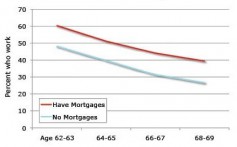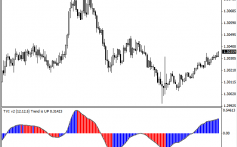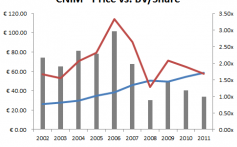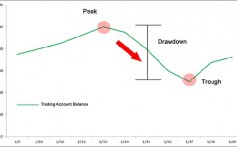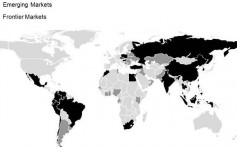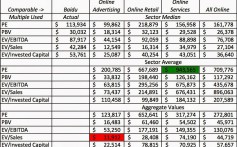Carry Trades Currency Trading
Post on: 16 Март, 2015 No Comment
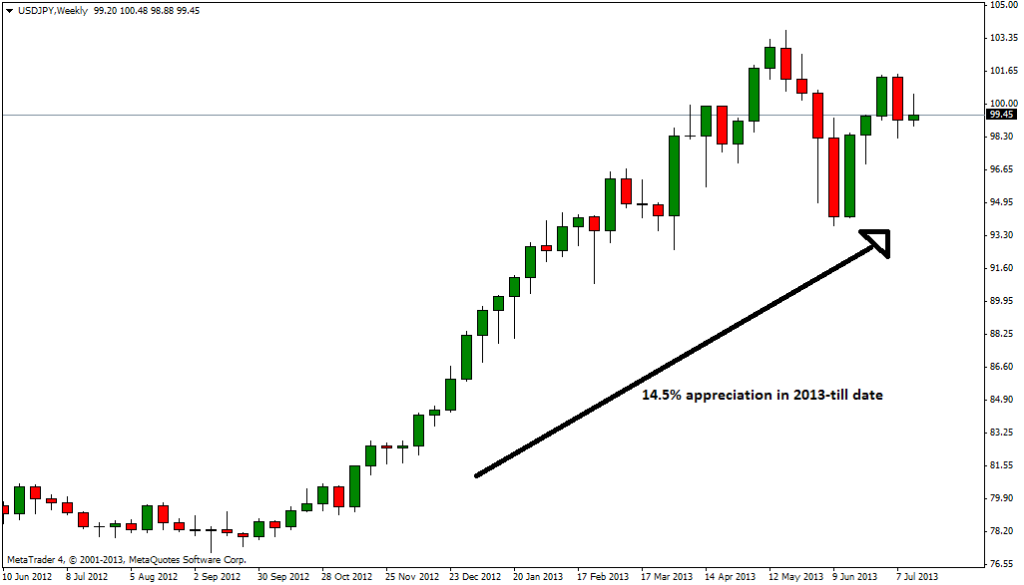
The last bucket of traceable money that you should allocate is the money that is set aside for carry trades. A carry trade is a longer-term trade that is set to collect continuously compounding interest over the weeks and months that you are in the trade. Carry trades are placed by selling a lower-yielding currency and buying a higher-yielding currency; the JPY, USD, and CHF have historically been used to fund long exposures into the fairly secure, high-yielding currencies such as the AUD and NZD.
This type of trade will make money as you pay the interest on the charge of borrowing low and investing at a comparatively very high rate of return. The difference may be upward near 56 percent on a nonleveraged basis, and 250300 percent at a 50:1 set leverage.
It is best to get into these trades after a correction in the stock market. It is at this time that currencies such as the AUD will fall the most as compared to the USD because risky assets such as AUD, NZD, MXN, and ZAR will fall considerably when the world’s stock markets get even the tiniest bit deflated or corrected. A few percentages to the downside of a currency pair can really go a long way in keeping your carry trade in the profit point.
When you read in your broker’s statements that a correction is coming in the AUD/USD or other classic carry trade, get your calculator out and commit 35 percent of your total capital to this type of trade. The trade should be long AUD/USD and it should be set up to fire at a preset entry point. If your broker is recommending or you have noticed that the AUD is fading against the USD, then put in an order for entry into the trade at about a 3 percent correction of the price. It might take a bit of calculation, and the price might seem far away from where it is currently. The idea is to have your order filled when there is a big correction in risk assets. It is then a good time to get into the carry trade.
Some carry trades can last for years and years. A classic example is the carry trade that went on between the JPY and the AUD and NZD from 2005 to late 2008. Carry traders all over the world quickly reversed these positions during the 20082009 banking crisis, causing the carry trade to collapse very quickly.
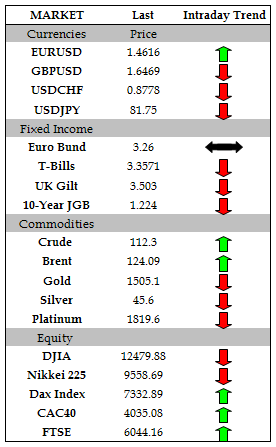
Once in the carry trade, do not set a take-profit point to exit the trade. In fact, the best thing to do is to walk away from that trade mentally. Bury that trade deep in your mind, and only look at it every week or so. It will accumulate interest and grow in price over time as the trade gets back up to the level it was before the correction. Carry trades sometimes go on for quite a while. Just to keep things conservative, if (in this example) the AUD/USD pair gets back up into the range that it was before the 34 percent correction, then it is safe to close out the position and take your profits off the table. Remember you are trading at 50:1, and a 4 percent gain would equal a 200 percent gain. If you had a $10,000 portfolio, and you committed 5 percent to the trade, you would have made $1,000 on the trade ($10,000 .05 50 .04 = $1,000).
Of course, a true carry trade can go on for several months and even up to a year. If the carry trade is set up properly and things go well, it is possible to earn 810 percent on a carry trade within six months, not including the interest that is being earned minute by minute! This can equate to a $2,500 return on a $500 investment six months earlier.
You should keep different mental buckets in your account for different types of trades. From the ultrashort, lower-percentage gain scalping trade, to the automated overnight trade, to the long-term, high-percentage gain carry trade, each has its own merits and each has its own place in your currency trading system.







